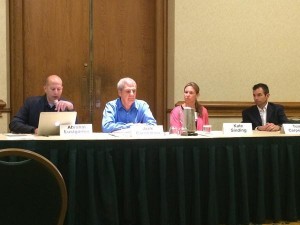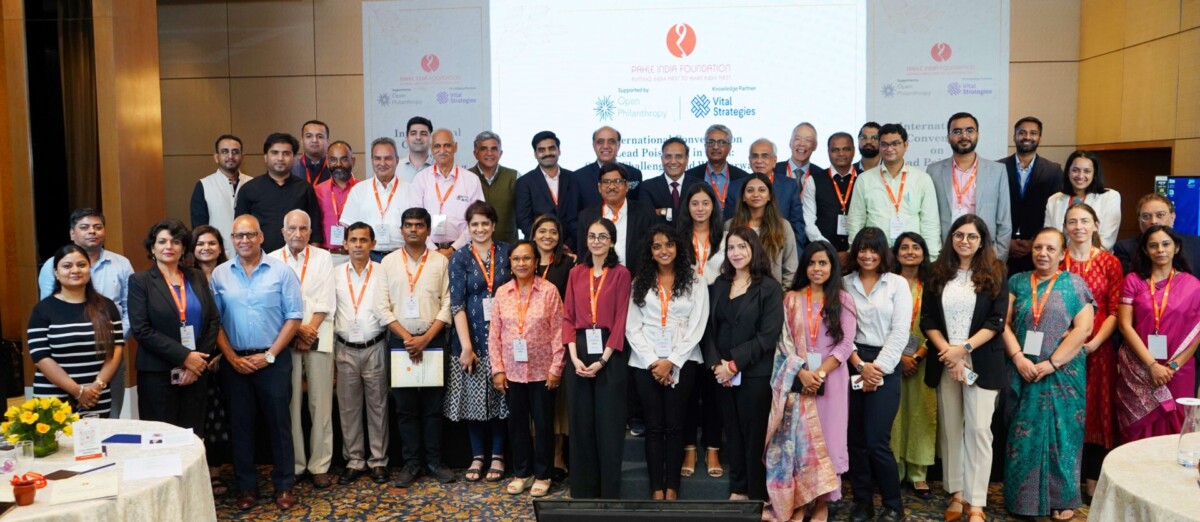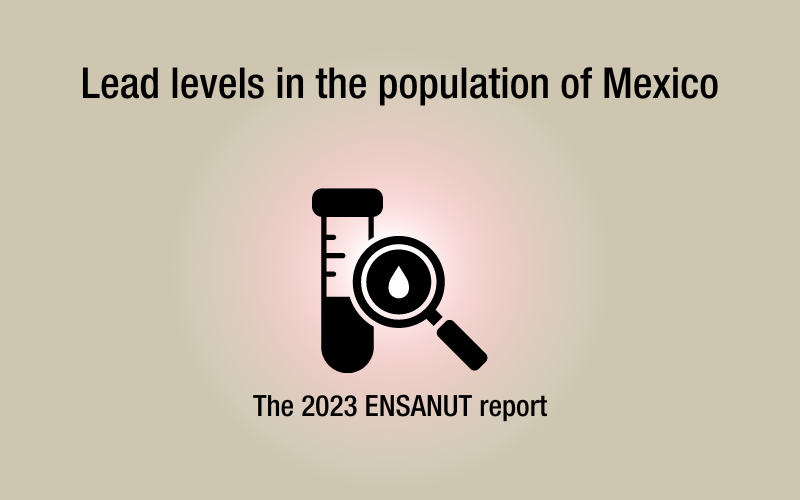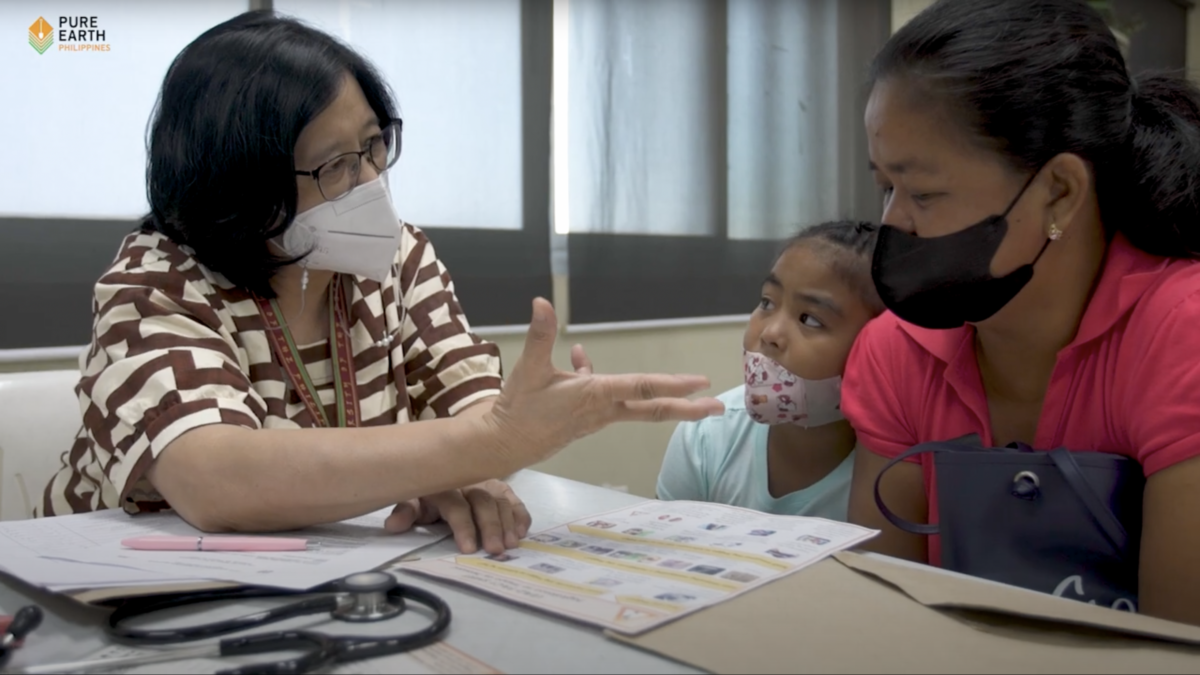When an airliner disappears into the Indian ocean and hundreds of people are assumed dead, it’s huge news and millions are spent to find it and understand what went wrong. But in Zamfara, Nigeria, in 2010, over 200 children died from lead exposure from local mining and hundreds more fell ill. It wasn’t big news. There was no worldwide interest or outrage.
— Dr. Jack Caravanos, Associate Professor of Environmental Health, City University of New York, School of Public Health, NY; Advisor to Blacksmith Institute for a Pure Earth.

Blacksmith Institute for a Pure Earth advisor Dr. Jack Caravanos recently addressed the Society of Environmental Journalists (SEJ) at their annual conference in New Orleans about the far reaching, yet underreported global health impacts of toxic pollution.
The panel, Waste in the 21st Century, was moderated by ProPublica Energy reporter Abraham Lustgarten, and included Dr. Caravanos as well as Tom Carpenter (Waste Management, Inc.) and Kate Sinding (Natural Resources Defense Council).
If you missed it, listen to the audio of the discussion, or read Dr. Caravanos’ presentation notes below:
Today, I will be talking about the global burden of disease from toxic waste sites. The extent of the problem, how it’s measured and why is it’s important.
Let me start by explaining a reporting problem we have with environmental health disasters:
When an airliner disappears into the Indian ocean and hundreds of people are assumed dead, it is huge news and millions are spent to find it and understand what went wrong. But in Zamfara, Nigeria in 2010, over 200 children died from lead exposure from local mining and hundreds more ill. It was not big news. There was no worldwide interest or outrage.
When a strange odor wafts across the river in NYC and hundreds call to complain, it becomes major news and there are calls for action (even though no one was hospitalized.) But when dozens of villagers who use mercury to extract gold from ore in Bolivia are poisoned, few people write about it.
I can go on and on, but the delayed health response from exposure to toxic agents in the community or workplace, work against us when it comes to reporting the problem.
Rarely does environmental contamination kill dozens of people in one place at one time. It is a slow and steady effect.
So my message today is simple and I’ll state it up front : Toxic chemicals from industry and mining affect the health of hundreds of millions of people in low- and middle-income countries.
How do we know this?
Well about eight years ago, a group called Blacksmith Institute for a Pure Earth, founded by Richard Fuller (read this recent profile in Businessweek) started to make a list of the worst polluted places on the planet. By the way, Blacksmith/Pure Earth and the affiliated group the Global Alliance on Health and Pollution (GAHP) coordinate cleanup activities using a collaborative model.
So, I was starting a sabbatical at that time and Richard asked me to help out. Well our Toxic Sites Identification Program is now operating in 49 low-middle income countries and has assessed over 3,000 sites.
In the U.S. we would call these “Superfund sites” but the Blacksmith/Pure Earth list focuses more on human health impacts. If a site doesn’t present a real human health threat, we don’t include it. The superfund program doesn’t work quite the same way.
So what have we found is hundreds of sites contaminated with lead, mercury and chromium and the disease burden rivals that of many common diseases.
Before I elaborate on this statement, I need to explain the term “burden of disease.”
Years back, Christopher Murray and Allan Lopez developed a health metric while working with the WHO. The Disability Adjusted Life Years or DALY measures the years of life lost from a disease or exposure.
For example, my uncle Gus was a three-pack-a-day smoker and died of lung cancer at the age of 45. According to the life tables, he should have live to 80, so smoking took 35 years from his life or 35 DALYs. But this metric also measures illness and converts it into equivalent years lost. For example, living 40 years with untreated asthma equals about two years of life lost. I encourage you to read more on DALYs and the Wiki page is quite good. In analyzing our data, we learned that:
- In India, hexavalent chromium exposure causes more DALYs than multiple sclerosis, more than Parkinson’s disease and more than various cancers.
- In Indonesia, exposure to chromium and lead presented higher DALYs than conditions such as upper respiratory infections.
- In the Philippines, lead had more DALYs than malaria or HIV/AIDS. And those pictures of children with clef-palates that are used to solicit money? Well lead poisoning from these sites often generates much higher DALYs than that health condition.
So whether it is processing e-wastes, scavenging a landfill for recyclables or attempting to put a health number on fracking, more and more people using DALYs as the comparison health metric.
We published several papers on this and they are available online – read the GAHP Poisoned Poor report and the position paper “Pollution: The Largest Cause of Death in the Developing World.”
So, why you should care?
Well as you know, many of our products are manufactured oversees in countries with practically no pollution controls and few safety standards.
The large corporations that we all read about are easy targets for improvement, but our experience is that there are thousands of small-scale manufactures that are collectively a bigger problem.
So the moral question becomes, what is our role? Both as a society and as individuals, in preventing environmental health disease in countries that supply our shirts, shoes, jewelry and cosmetics?
We, in the U.S., have the technology to properly recycle batteries, to safely extract gold from ore, to ensure that lead does not leach out of pottery, to properly dispose of obsolete pesticides, to ensure materials are recycled without causing harm.
In NYC it is safe to swim in the harbor (if you are crazy enough to do that), our air has never been cleaner, our workplaces are safer, and our food supply is free of the pesticides Rachel Carson wrote about years ago.
The U.S. has some environmental health issues… but I’m concerned as we get cleaner, the rest of the world is getting dirtier.
Especially the low income countries. And who suffers the most? It is the poorest of the poor. So I do believe it is our obligation to transfer that technology and knowledge to others. So as I see it, not helping, is just not right.
And the solutions are simple and cost effective.
We have cleaned up old lead battery sites in Indonesia and the Dominican Republic for a fraction of what a U.S. Superfund cleanup costs. And now the environmental ministries in those countries know how it’s done.
So to reiterate, the health impact from exposure to toxic waste sites rivals that of other well-known and well-funded diseases.
As a matter of fact, the U.N.’s draft of the Sustainable Developmental Goals, recently omitted language addressing “toxics in the environment”. Fortunately, it looks like Blacksmith/Pure Earth was able to get the language reinstated.
EXAMPLES:
- Tanneries in Bangladesh
- Lead mining in Zamfara
- Gold mining in Bolivia
- Battery breaking in Indonesia
- Obsolete pesticides in Armenia
Related Reading:





